Discover 20 hidden attractions, cool sights, and unusual things to do in Cuba. Don't miss out on these must-see attractions: Museum of the Revolution (Havana), José Martí Memorial (Havana) or El Capitolio (Havana).
Below, you can find the list of the most amazing places you should visit in Cuba.
Table of Contents
Museum of the Revolution, Havana
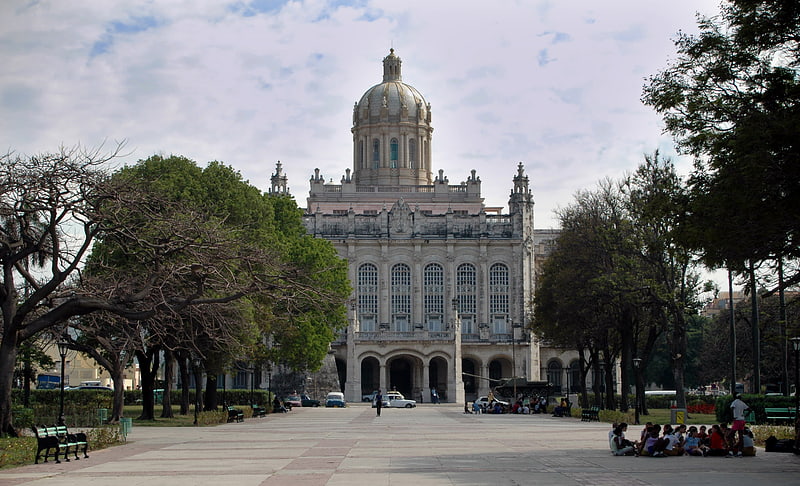
Also known as: Museo de la Revolución
Grand museum with historical exhibits. The Museum of the Revolution is located in the Old Havana section of Havana, Cuba, in what was the Presidential Palace of all Cuban presidents from Mario García Menocal to Fulgencio Batista. The building became the Museum of the Revolution during the years following the Cuban Revolution. The palace building had been attacked by the Directorio Revolucionario Estudiantil in 1957.[1]
Address: Avenida Bélgica, Havana
José Martí Memorial, Havana
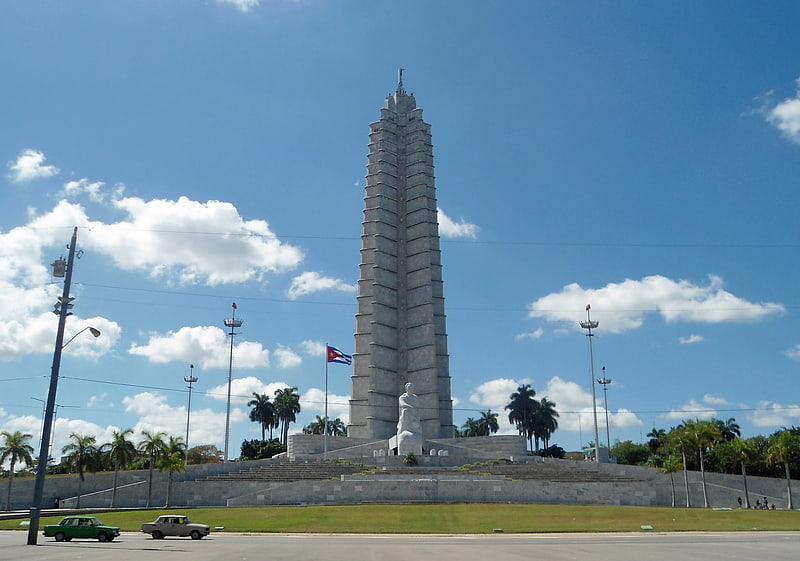
Also known as: Monumento a José Martí
Heritage museum in Havana, Cuba. The José Martí Memorial is a memorial to José Martí, a national hero of Cuba, located on the northern side of the Plaza de la Revolución in the Vedado area of Havana. It consists of a star-shaped tower, a statue of Martí surrounded by six columns, and gardens. It is the largest monument to a writer in the world.
The 109 m (358 ft) tower, designed by a team of architects led by Raoul Otero de Galarraga, is in the form of a five-pointed star, encased in grey Cuban marble from the Isla de Pinos. The design was eventually selected from various entries put forward from a series of competitions beginning in 1939. Entries included a version of the tower topped with a statue of Martí, and a monument similar to the Lincoln Memorial in Washington, D.C. with a statue of Martí seated within. The fourth competition held in 1943 resulted in the selection of a design by the architect Aquiles Maza and the sculptor Juan José Sicre. In order to proceed with construction of the monument, the Monserrat Hermitage, which occupied the proposed site, had to be demolished. Various impediments to the acquisition of the Hermitage by the state led to delays in the demolition and the start of building work, so by 1952 – when Fulgencio Batista seized power in a coup – work on the construction had still not begun.
Eager to garner popular support after seizing power, Batista committed to pushing ahead with the construction of a monument to Martí; but rather than proceeding with the competition winner, he selected the design that had come third in the competition, created by a group of architects headed by Raoul Otero de Galarraga, a 1905 graduate of Harvard University, and included Enrique Luis Varela, Batista's Minister of Works and his personal friend, and Princeton University Professor Jean Labatut. The monument was Raoul Otero de Galarraga's last major architectural and engineering project, and proudest accomplishment. The base was huge and so deep that when looking from above, the men working below-grade looked like miniature men, and rebar was so heavy that six to eight men were required to carry each piece. The concrete, used to fill the base, took several days to pour.
The selection of this design caused something of a public outcry, and as a result the design was modified. The position of the statue of Marti by sculptor Juan José Sicre's statue of atop the tower was moved to tower base. Construction of the tower began in 1953 on the 100th anniversary of José Martí's birth. The marble was delivered to Havana from Isla de Pinos, then cut to the chief architect's specifications, and polished in Gallo's factory. Sicre sculpt the huge stones of marble one at a time. Marti's thoughts were set with gold glass mosaic which came from Venice, Italy, and was personally inspected by Architect and Engineer, Raoul Otero de Galarraga and his son, Raul Otero.
The right to compensation for local inhabitants forced to move to make way for construction caused further problems. The place was known as Catalan Hill (Loma de Los Catalanes) because the Chapel of the Virgin of Montserrat was built there by Catalan immigrants. The Chapel was finally demolished and the monument was completed in 1958 during the final days of the Batista dictatorship.
The selected design includes an enclosed observation deck on the top floor, the highest point in Havana, accessible by elevator which gives commanding views over the city in all directions. (As of August 2016, the observation deck is closed to the public, for replacement of the original elevator.) Housed on the ground floor of the tower which overlooks the city, the memorial features two rooms of correspondence, writings and items from the life of José Martí and displays relating his life story. A third room illustrates the history of the Plaza de la Revolucion, and a fourth room is used for displays of contemporary art. The centre of the tower houses the elevator and features walls decorated with quotes from Martí. Among other items on display is a replica of the sword of Simón Bolívar presented to Fidel Castro by Hugo Chávez during his visit to Cuba in 2002.
Outside, facing over the plaza and towards the mural of Che Guevara on the Ministry of the Interior on the opposite side of the square, is an 18 m (59 ft) white marble statue of Martí carved in situ by Sicre and surrounded by six half-height marble columns. The platform where the statue is located is used as a podium when rallies take place in the Plaza de la Revolución.
Tourists are able to ascend the memorial and enjoy the best panoramic view of Havana. However, many tourists have complained about the ad hoc charges that are administered by the memorial's officials, which varies wildly depending on the members of staff manning the ticket booths. Imposter groundspeople have been known to charge tourists to ascend the memorial steps.[2]
Address: Avenida Paseo, Havana (Plaza de la Revolución)
El Capitolio, Havana
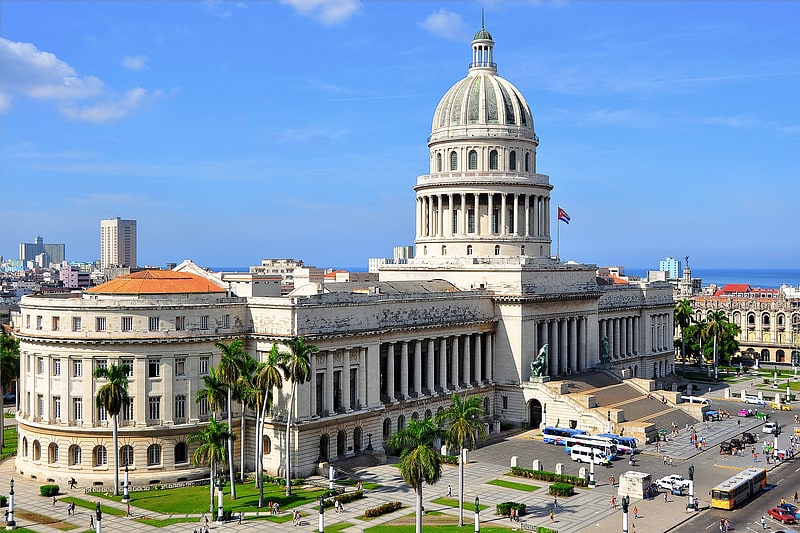
Also known as: Capitolio de La Habana
Edifice in Havana, Cuba. El Capitolio, or the National Capitol Building, is a public edifice in Havana, the capital of Cuba. The building was commissioned by Cuban president Gerardo Machado and built from 1926 to 1929 under the direction of Eugenio Rayneri Piedra. It is located on the Paseo del Prado, Dragones, Industria, and San José streets in the exact center of Havana.[3]
Address: 422 Industria, 10200 La Habana
El Morro, Santiago de Cuba
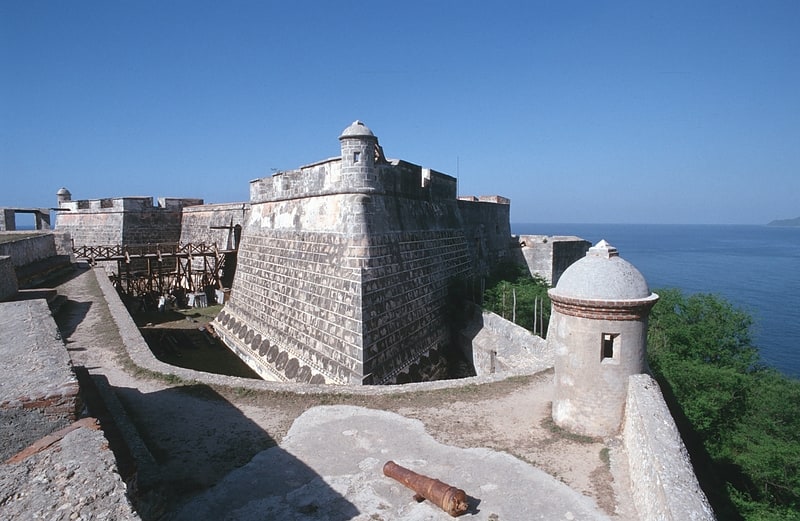
Also known as: Castillo de San Pedro de la Roca
Storied 17th-century coastal fortress. The Castillo de San Pedro de la Roca is a fortress on the coast of the Cuban city of Santiago de Cuba. About 6 miles southwest of the city centre, it overlooks the bay. The fortress was declared a World Heritage Site by UNESCO in 1997, cited as the best preserved and most complete example of Spanish-American military architecture.[4]
Plaza Mayor, Trinidad

Park in Trinidad, Cuba. The Plaza Mayor in Trinidad, Cuba, is the historic centre of the town, declared a UNESCO World Heritage Site in 1988.[5]
Che Guevara Mausoleum, Santa Clara
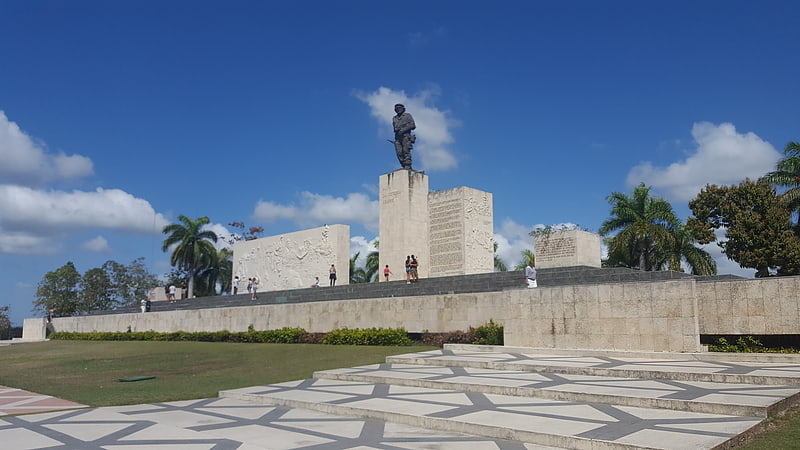
Also known as: Mausoleo del Che Guevara
Mausoleum of a Cuban Revolution leader. The Che Guevara Mausoleum is a memorial in Santa Clara, Cuba, located in "Plaza Che Guevara". It houses the remains of the revolutionary Ernesto "Che" Guevara and twenty-nine of his fellow combatants killed in 1967 during Guevara's attempt to spur an armed uprising in Bolivia. The full area, which contains a bronze 22-foot statue of Guevara, is referred to as the Ernesto Guevara Sculptural Complex.[6]
Address: Santa Clara, 50100 Santa Clara
Moncada Barracks, Santiago de Cuba
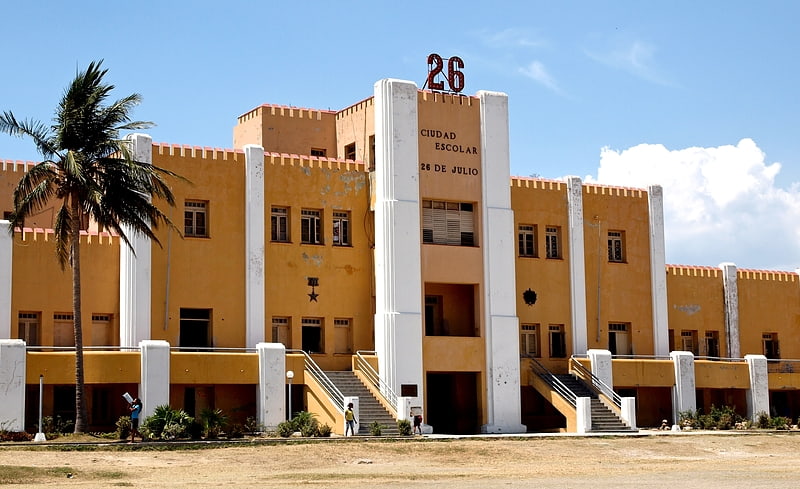
Also known as: Cuartel Moncada
History museum in Santiago de Cuba. The Moncada Barracks was a military barracks in Santiago de Cuba, named after the General Guillermón Moncada, a hero of the Cuban War of Independence. On 26 July 1953, the barracks was the site of an armed attack by a small group of revolutionaries led by Fidel Castro. The attack failed and the surviving revolutionaries were imprisoned. This armed attack is widely accepted as the beginning of the Cuban Revolution. The date on which the attack took place, 26 July, was adopted by Castro as the name for his revolutionary movement which eventually toppled the dictatorship of Fulgencio Batista on 1 January 1959.[7]
Address: General Portuondo y Avenida Moncada, Santiago de Cuba
Delfinario, Varadero
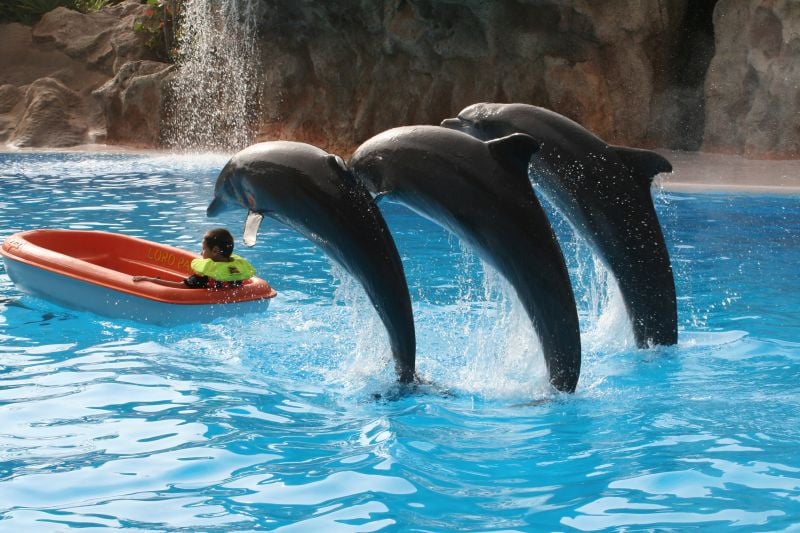
Watersports, Aquarium, Zoo, Park, Water park, Amusement park, Swimming
Address: Carretera Las Morlas, 42200 Varadero
Tren Blindado, Santa Clara
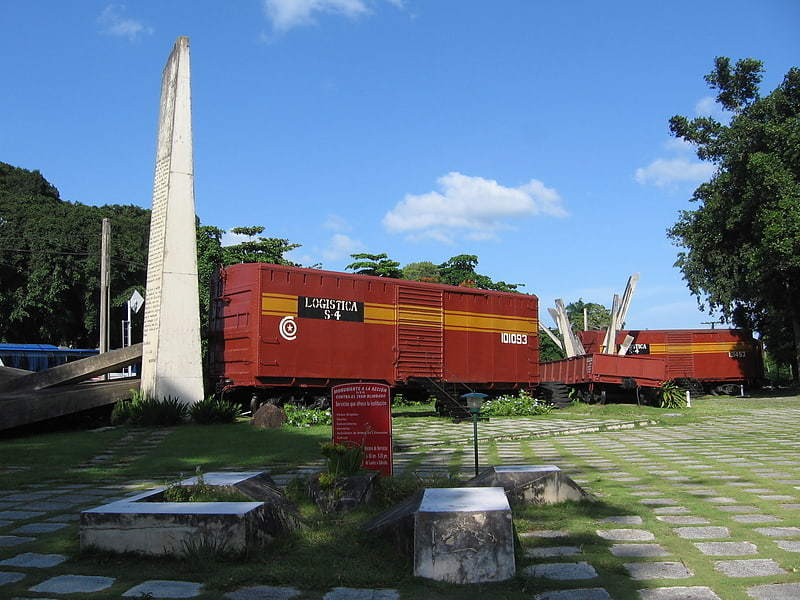
Monument in Santa Clara, Cuba. The Tren Blindado is a national monument, memorial park, and museum of the Cuban Revolution, located in the city of Santa Clara, Cuba. It was created by the Cuban sculptor José Delarra on the site of and in memory of the capture of an armoured train on 29 December 1958, during the Battle of Santa Clara.[8]
Our Lady of the Immaculate Conception Cathedral, Cienfuegos
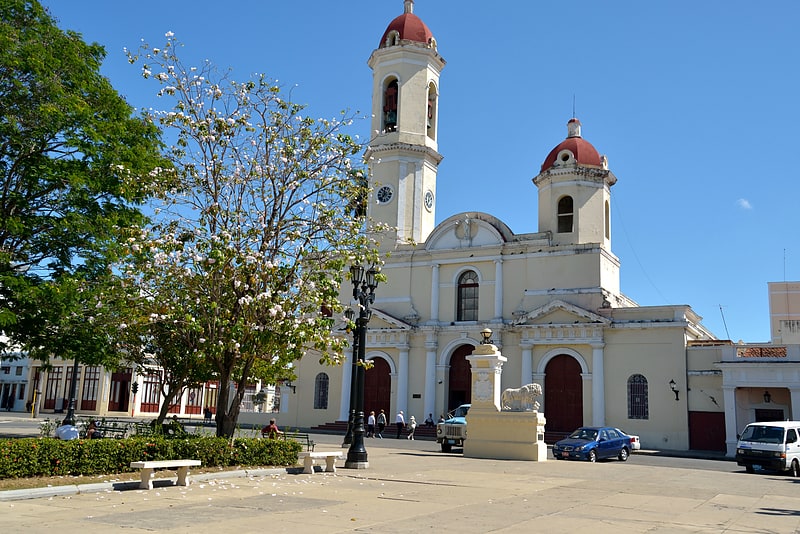
Also known as: Catedral de Nuestra Señora de la Purísima Concepción
Cathedral in Campeche, Mexico. The Our Lady of the Immaculate Conception Cathedral also called Cienfuegos Cathedral is a religious building is located opposite the Martí Park in the city of Cienfuegos in the province of the same name on the Caribbean island nation of Cuba.
The original building was completed in 1833 during the Spanish colonization, but expansions and improvements occurred in 1850, between 1852 and 1861, between 1866 and 1869 and between 1869 and 1875. It became an official cathedral in on February 20, 1903, following the Roman or Latin rite and is the mother of the Diocese of Cienfuegos (Dioecesis Centumfocencis) that was created by Pope Leo XIII by the apostolic brief "Actum praeclare".
The cathedral is part of the Historic Centre of Cienfuegos and, along with other historic buildings in the city center, was designated a World Heritage Site by UNESCO in 2005, because of its outstanding Neoclassical architecture.[9]
Address: Santa Isabel, 55100 Cienfuegos
Museo de Arquitectura Colonial, Trinidad
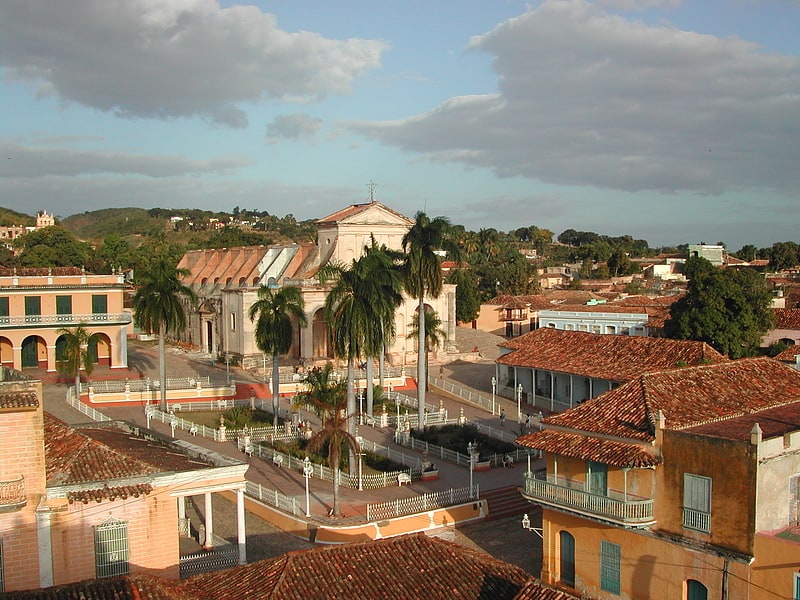
Specialty museum, Museum
Address: 83 Ripalda, Trinidad
Santa Ifigenia Cemetery, Santiago de Cuba
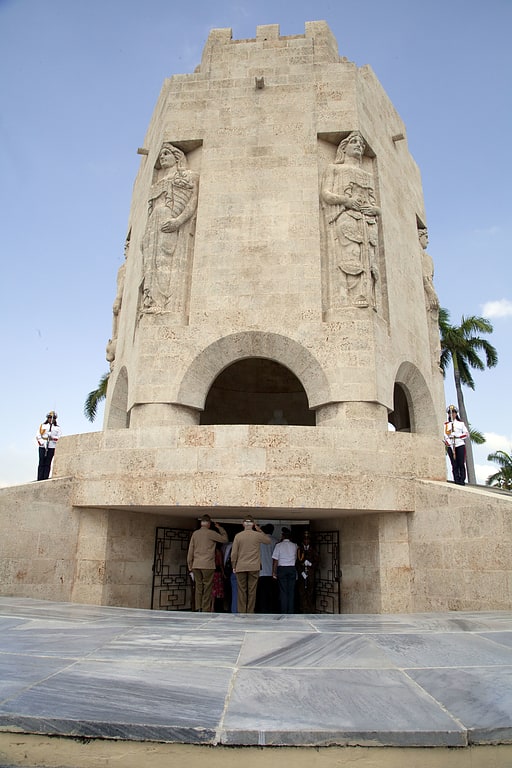
Also known as: Cementerio de Santa Ifigenia
Cemetery in Santiago de Cuba. Santa Ifigenia Cemetery is a cemetery in Santiago de Cuba and resting place of a few notable Cubans.
The cemetery opened in 1868 to replace smaller Cemetery of Santa Ana.
The signature resting place is that of José Martí, whose mausoleum is guarded by three Cuban soldiers at the entrance. Cuban leader Fidel Castro's ashes are also buried at the cemetery.
The cemetery is reached by public transit from bus stops across Avenida Capitán Raúl Perozo. Parking is available for buses at the entrance of the cemetery.[10]
Cinco de Septiembre Stadium, Cienfuegos
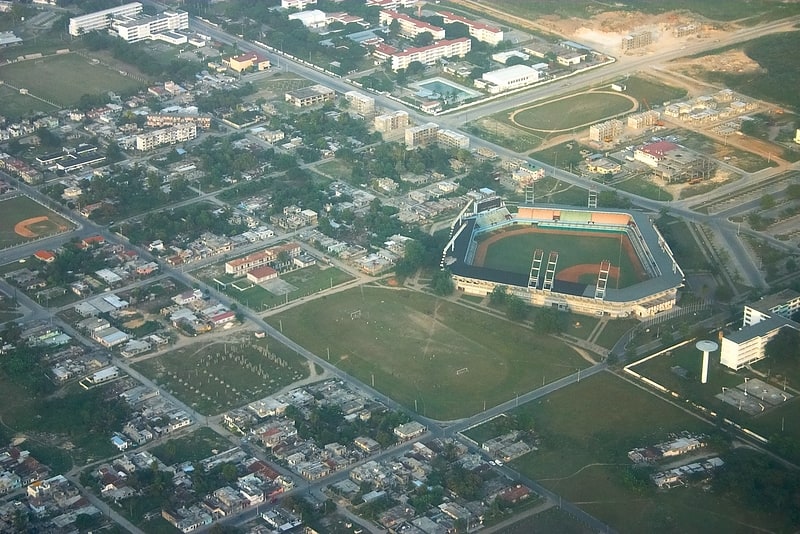
Also known as: Estadio Cinco de Septiembre
Stadium in Cienfuegos, Cuba. Estadio 5 de Septiembre is a multi-use stadium in Cienfuegos, Cuba. It is used mostly for baseball games and is the home stadium of Cienfuegos Camaroneros. The stadium holds 15,600 people. It opened on 9 January 1977.[11]
Address: Avenida 20 e/47 y 51, 55100 Cienfuegos
Parque Vidal, Santa Clara
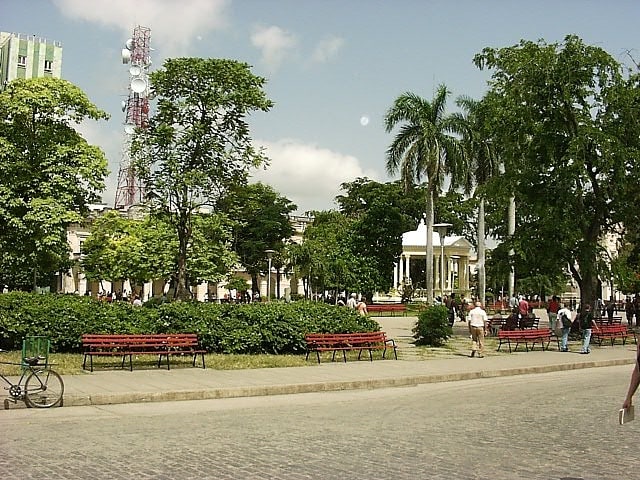
Movie theater in Santa Clara, Cuba. Parque Vidal is a park located in the center of Santa Clara, Cuba, covering an entire square block of the city. Due to its surrounding architecture, combining eclectic neo-classical and colonial-style buildings, as well as the large number of historic monuments dating from different historical periods, the park was designated as a National Monument in a ceremony in 1998.[12]
Historic Centre of Cienfuegos, Cienfuegos
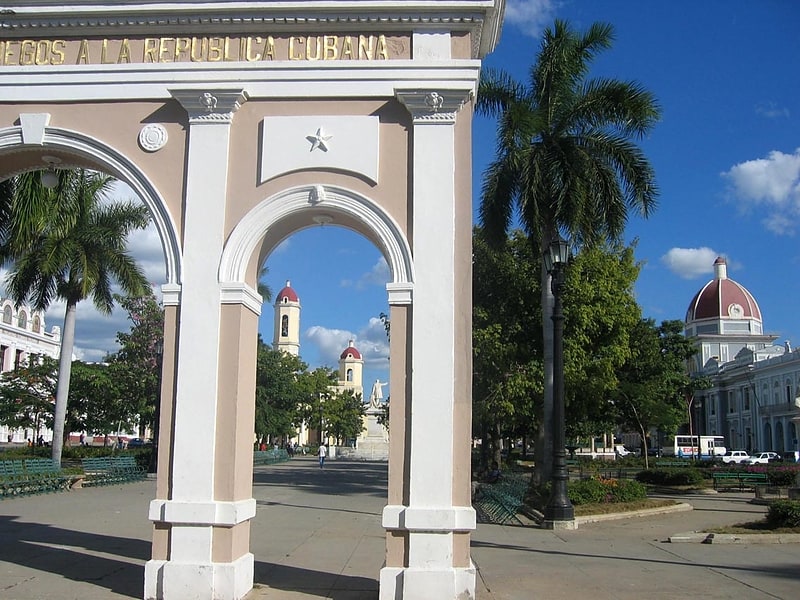
Also known as: Centro histórico de Cienfuegos
The Historic Centre of Cienfuegos, is located in the city of Cienfuegos in Cuba. It was declared a UNESCO World Heritage Site in 2005, because of its outstanding Neoclassical architecture architecture and its status as the best example of early 19th century Spanish urban planning. The historic centre contains six buildings from 1819–50, 327 buildings from 1851–1900, and 1188 buildings from the 20th century.[13]
Museo Romántico, Trinidad
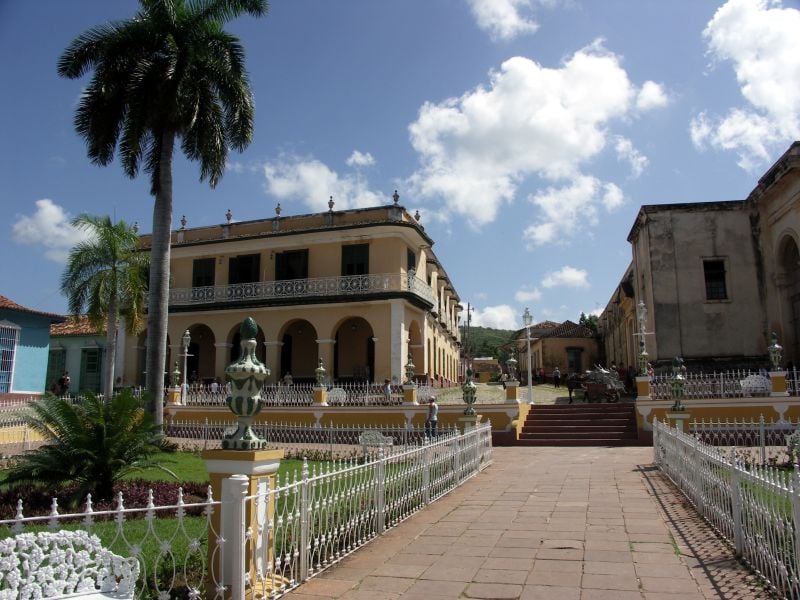
Museum
Address: 52 Calle Cristo, 62600 Trinidad
Parque Josone, Varadero
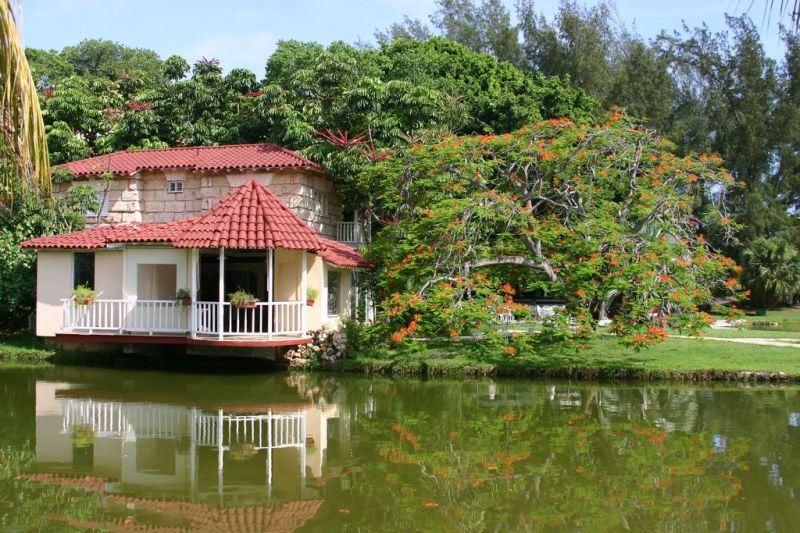
Park, Relax in park
Address: Calle 54-59, Varadero
Sauto Theater, Matanzas
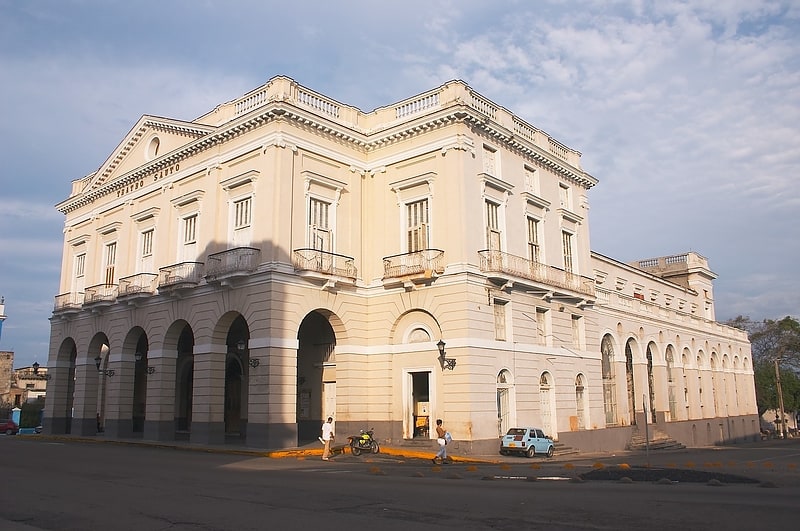
Theater in Matanzas, Cuba. The Sauto Theater opened in 1863 in Matanzas, Cuba, and has since then been a proud symbol of the city. The U-shaped 775-seat theatre is almost entirely covered with wood-panelling. It has three balconies, and its floor can be raised to convert the auditorium into a ballroom. The original theater curtain is a painting of the Puente de la Concordia over the Yumurí River. The lobby is graced by Carrara marble statues of Greek goddesses and the main hall ceiling bears paintings of the muses.[14]
Necropolis de San Carlos Borromeo, Matanzas
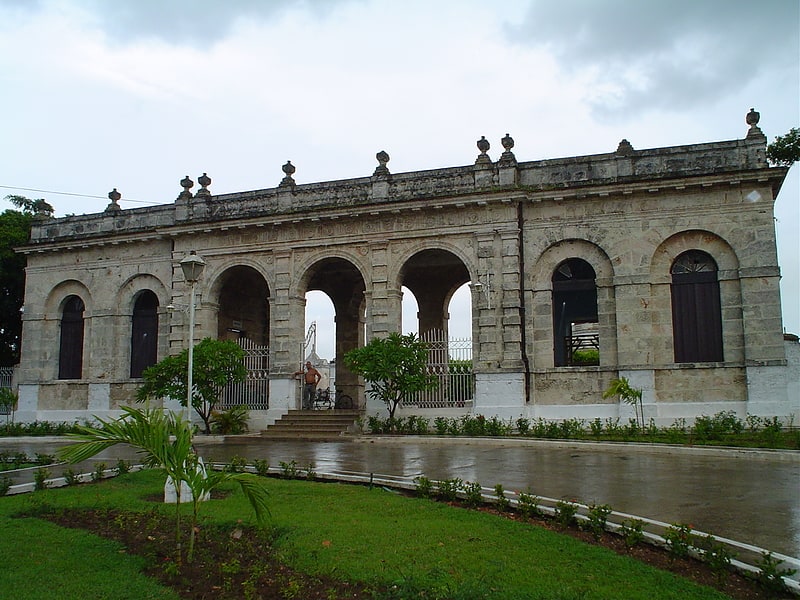
Also known as: Necrópolis de San Carlos Borromeo
Necropolis. Necropolis de San Carlos Borromeo also known as Cementerio de San Carlos or San Carlos Cemetery is located in Matanzas, Cuba. It was inaugurated on September 2, 1872 on 13.5 hectares. It is the third most important Cemetery of Cuba in terms of patrimonial value, as much for its architecture, as for the personalities interred. His main architect was Francisco Sosa Vélez, who used Carrara marble, bronze and cast iron for the construction.
The San Carlos Cemetery came to solve the problem Matanzas had with the big number of cemeteries in the area, a figure higher than that of any other Cuban location.
The octagonal Chapel contains the remains of the martyrs of different wars of independence. Its catacombs, currently the only ones active on the island, contain 756 niches in two underground pantheons and an exclusive system of ventilation against atmospheric pollution, similar to the Tobias Gallery, in the Colon Cemetery, Havana, in Havana.[15]
St. Charles Borromeo Cathedral, Matanzas
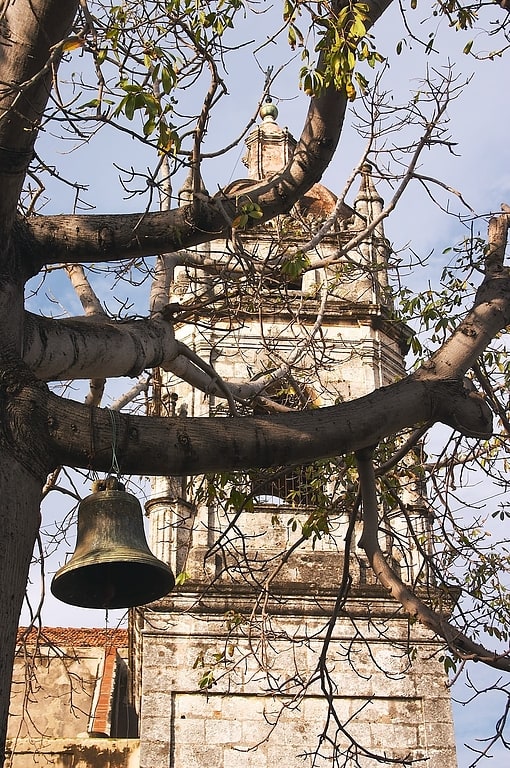
Also known as: Catedral de San Carlos Borromeo
Catholic church in Matanzas, Cuba. The Cathedral of St. Charles Borromeo is a Catholic church in Matanzas, Cuba. It is the seat of Manuel Hilario de Céspedes y García Menocal, the Bishop of the Roman Catholic Diocese of Matanzas.[16]